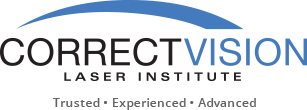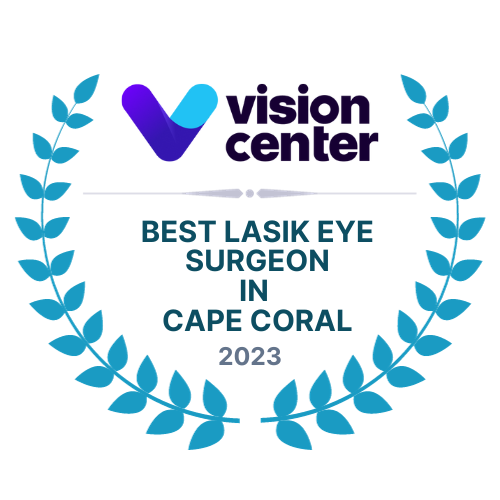Ages 45-60
Dysfunctional Lens Syndrome
Dysfunctional Lens Syndrome (DLS) is a term to describe how our eyes naturally change as we grow older. The eye’s natural crystalline lens is normally clear, elastic and flexible, allowing light to focus on the back of the eye at any distance. With time, changes in the lens start to affect your vision – even if you have had excellent vision your entire life and even if you have had a successful vision correction procedure. After age 40 your eye lenses can start to progressively lose their natural flexibility. As a result, it becomes harder to focus on near objects, affecting your ability to read and perform other close-up tasks without the use of reading glasses or bifocals. This is the first stage of DLS called presbyopia and it occurs to most people. Luckily, today you have many options to improve reading vision, possibly eliminating your need for reading glasses. The right choice for you will depend on the results we gather during a comprehensive, free Vision Consultation. At CorrectVision Laser Institute we offer:
TruHD LASIK™
TruHD LASIK can be used to create blended vision where one eye is
adjusted for distance vision and one eye is adjusted for up close vision
TruHD LASIK is the most advanced all-laser refractive surgery
available. The process utilizes height data-guided mapping technology to create a map of the unique imperfections in your cornea’s curvature and optics. This information is used to guide our advanced femtosecond and excimer lasers (WaveLight FS200 and the WaveLight EX500) to devise a truly customized treatment plan to create the
corneal flap and smooth the cornea to its optimal shape.
Benefits of TruHD LASIK™
Clinically proven to help over 90% of patients see as well or better than with glasses.
Provides a full range of vision.
Reduces dependency on reading glasses.
Return to normal activities the next day.
Virtually painless.
Procedure takes just 5 minutes per eye.
Traditional LASIK
Traditional LASIK can also be performed to provide blended vision (one eye for distance vision and one eye for up close vision). This technique involves the use of a manual process to create a corneal flap to access your underlying corneal tissue. The WaveLight EX500 laser then is used to permanently reshape each corneal surface of your eyes, allowing light to properly focus on your retina for clear
vision at all distances.
Benefits of Traditional LASIK
Provides a full range of vision.
Reduces dependency on reading glasses.
Return to normal activities the next day.
Virtually painless.
Procedure takes just 5 minutes per eye.
Near Vision Correction
The Raindrop Near Vision Inlay is a tiny ring that is placed within the first few layers of the cornea of your non-dominant eye. The inlay makes the corneal shape steeper so the eye can focus up close. This will allow your lens to focus on near objects like reading and working on your computer, reducing and even eliminating the need for reading glasses.
Benefits of KAMRA Inlay
Reduced dependence on reading glasses
Distance vision is not compromised
Most patients resume normal activities within 24-48 hours
Reading vision improvement is maintained even as we get older
Removable, if necessary
Refractive Lens Exchange
Refractive Lens Exchange (RLE) is used to replace your natural lens that has lost flexibility with a new Intraocular Lens (IOL) that provides clear vision. There are many IOL options including multifocal lenses that can help you achieve both clear distance and near vision.
Benefits of Refractive Lens Exchange
Provides a full range of vision.
Prevents cataracts from forming in the future.
Reduces dependency on reading glasses.
Return to normal activities the next day.
Virtually painless.
Procedure takes 15-30 minutes per eye.


